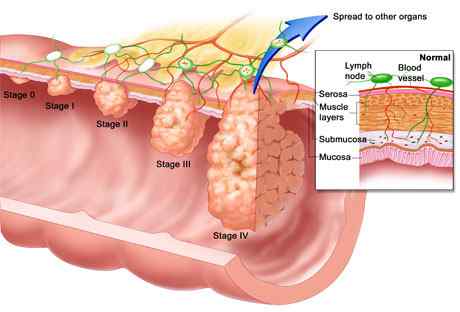
CHICAGO (Reuters) – Breast cancer rates among U.S. white women have stopped falling, U.S. researchers said on Monday, suggesting that the fallout from a 2002 study linking hormone replacement therapy to breast cancer was short lived.
They said breast cancer rates among white women fell 7 percent in 2003, a year after a large study showed taking hormone replacement therapy raised the risk of breast and ovarian cancers and strokes in older women.
But those declines stabilized between 2003 and 2007, said Carol DeSantis, a researcher at the American Cancer Society whose study appears online in the journal Cancer Epidemiology Biomarkers and Prevention.
"We have fully felt the effects of the Women's Health Initiative study and now rates have leveled off," DeSantis, who led the study, said in a telephone interview.
Sales of U.S. market leader Wyeth's combined estrogen plus progesterone pill Prempro have fallen by about 50 percent from 2001 just before results of the study were released to around $1 billion a year. The study prompted women to stop using the therapy.
Wyeth is now owned by Pfizer.
DeSantis and colleagues studied data on invasive breast cancers from a national database between 2000-2007. They found the sharp drop in breast cancer in white women between 2002 and 2003 did not continue from 2003 to 2007, the most recent year for which data are available.
There was no steep drop in breast cancer rates among black and Hispanic women in the 2002 to 2003 period, and there have been no significant changes in those groups in the 2003 to 2007 period, the team said.
DeSantis said breast cancer rates rose in the 1980s and 1990s as more women got screening mammograms. And she said rates also rose as hormone replacement therapy became more popular as a treatment for the symptoms of menopause.
But rates among white women reversed in 2002 after the Women's Health Initiative study showed that women who took estrogen plus progesterone for five years had higher rates of ovarian cancer, breast cancer, strokes and other health problems.
"there was an increase in the '80s and '90s because of mammography use and hormones," DeSantis said, but mammography screening rates have plateaued and drops in breast cancer from hormone replacement therapy have stabilized.
"It remains to be seen where the trends will go from here without those two factors playing the role that they have over the past two decades," she said.